Growing cauliflower can be challenging for most gardeners.
There are many problems with growing cauliflower. I stubbornly tried growing cauliflower for 3 years before I had my first head of cauliflower.
Often cauliflowers become stunted in the garden or try to split and flower which is known as bolting. Cauliflowers are like Goldilocks and the 3 bears, they need things just right. Luckily, there are ways to prevent cauliflowers from bolting.
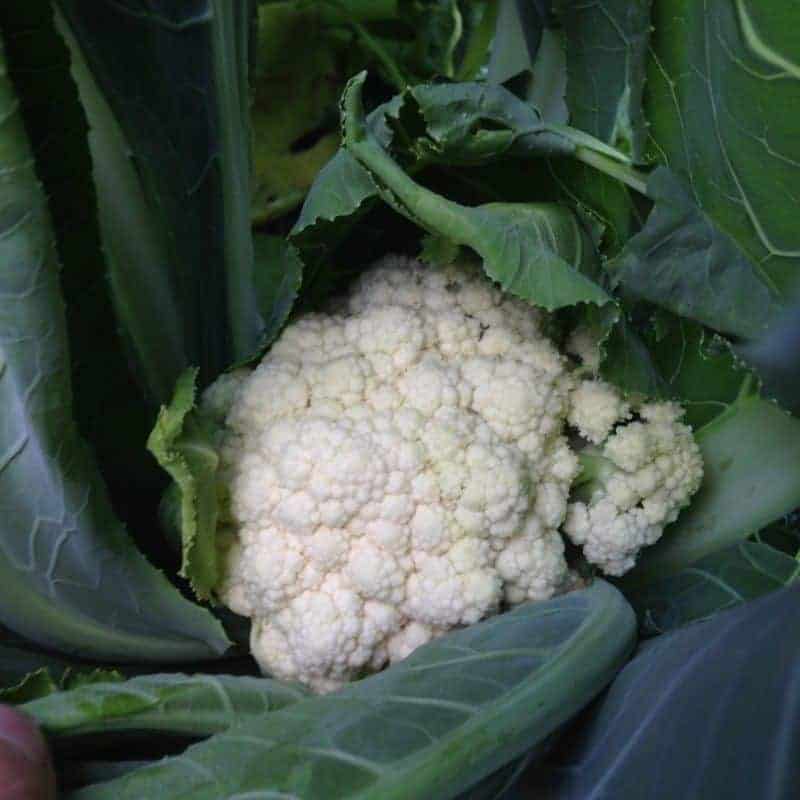
Cauliflowers Plants Need
- Seedlings and plants need the right timing
- Very rich soil amended with the right nutrients
- Not too hot or cold, they need the right temperatures
- Balanced conditions with reduced stress
- Enough water, especially during heat waves
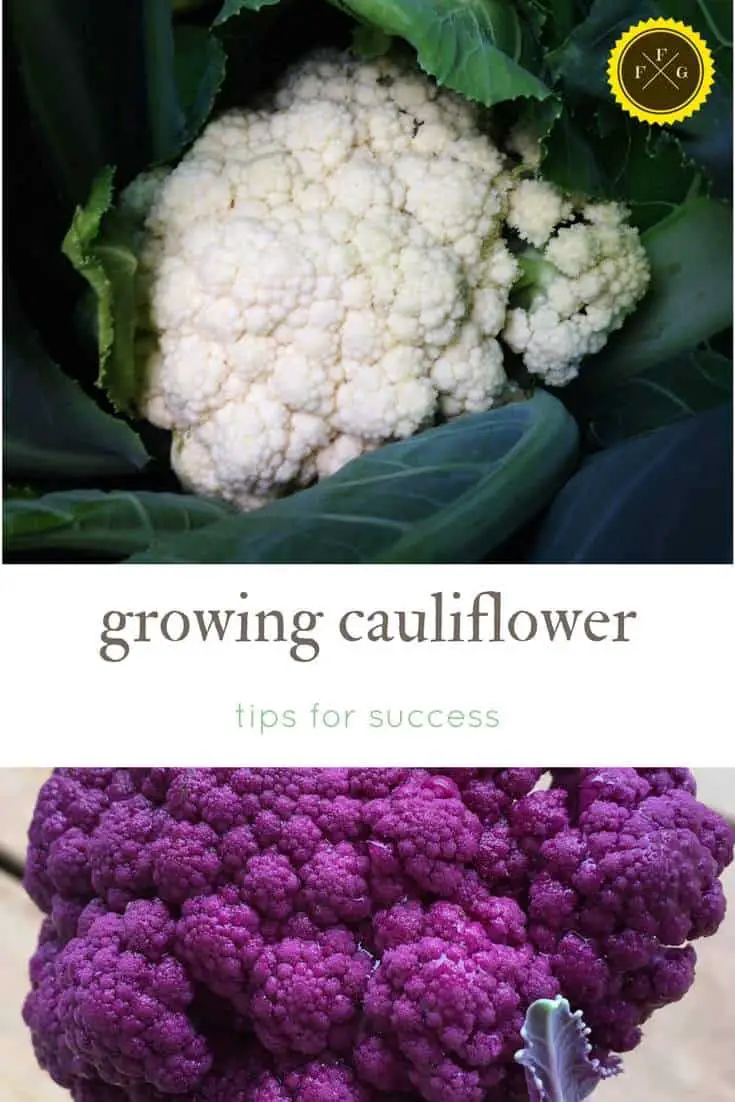
Cauliflower Growing Stages
Cauliflower plants are a cool season crop that take 60-80 days to mature. If you get heat waves in your spring, summer or fall this can stress out your cauliflower plants. Your best chance of growing cauliflower is to grow cauliflower seedlings indoors and transplant outside to give them a head start before those heat waves. Start seeds indoors about 6-10 weeks before your spring frost, depending on whether or not you plan on using season extenders.
Unlike other brassicas like broccoli, cabbage or kale, cauliflower seedlings are not frost tolerant.
That means that if they experience frost in the spring they might not head up. Use a row cover (frost fabric) in the springtime when transplanting cauliflower plants and frosts are expected. You can also transplant them under a hoop tunnel or portable mini greenhouse before last spring frost. If you don’t want to risk transplanting before your spring frost dates, transplant after. You can also direct seed cauliflower in the garden after your last spring dates but keep in mind you’ll be behind many weeks.
You want your cauliflower seedlings to be about 4-5 weeks old before transplanting into the garden
If your seedlings are too old they might not head up properly because they were too root bound. Make sure you harden off your seedlings and get them used to the outside weather to prevent seed starting problems.
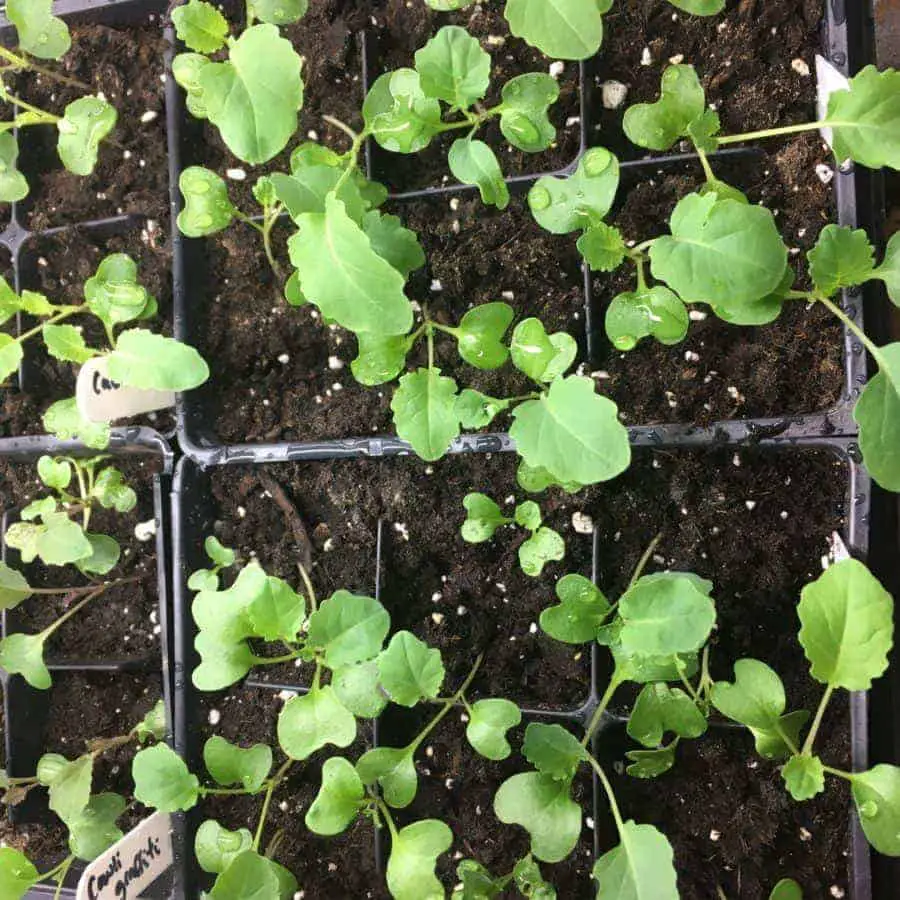
Cauliflower Growing Conditions
Cauliflowers struggle with the perfect temperatures and timing, therefore you need fast growth from good rich soil. This is a big mistake people make, the soil is too poor for adequate fast healthy growth. Add decomposed manure and compost to your garden beds. I add sea soil and organic compost under the seedlings when I transplant into the garden. You can also give a boost to your cauliflower plants every couple of weeks with some organic fertilizer or fish fertilizer. They like a ph of 6:0-7:0.
Cauliflower Growing Temperature
Cauliflowers need nice cool temperatures with as reduced stress as possible. That means that hot and cold fluctuations aren’t good for the plants. It signals your cauliflower plants to ‘think’ they went through a winter and then try to go to seed. If the temperatures are too hot, your cauliflower will also feel stressed and the plant is programmed to try and go to seed. Here are some tips to prevent bolting plants.
Offering cauliflowers shade cloth hoop tunnels is a great way to reduce direct sunlight
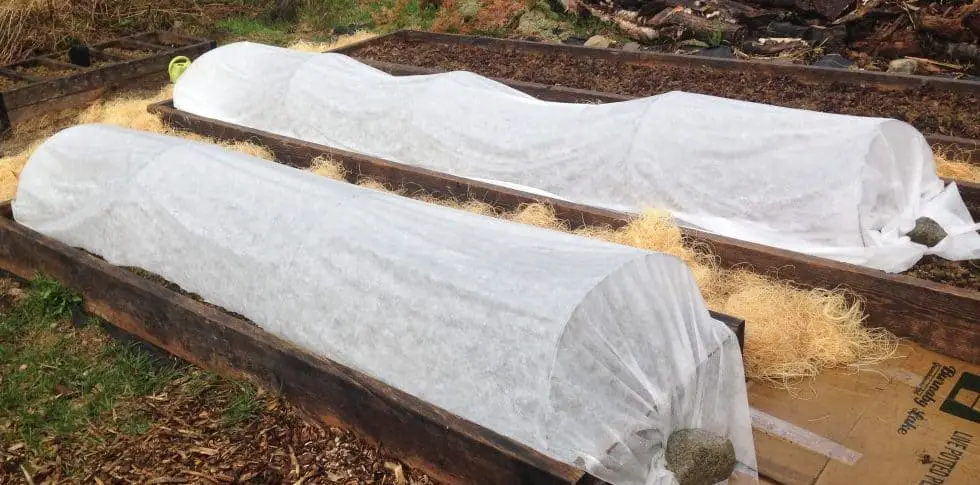
You can also plant them in partial shade or on the north side of taller plants like tomatoes or a trellis for growing peas.
Mulching your plants will also help keep the soil temperature cool and retain better moisture during hotter days. Keep your plants well watered, especially on hot summer days.
Getting the timing right for a fall harvest is tricky, but often they prefer the cooling days of fall instead of the warming days of spring and summer. Start your plants 10-12 weeks before fall frost.
Best Cauliflower Varieties
Because cauliflowers don’t handle stress well, certain varieties will perform better than others. Sometimes hybrids perform better than heirlooms, but I grow heirlooms or OP seeds with success. My absolute favorite cauliflower variety is one called ‘Amazing‘
Many cauliflowers have been bred to be ‘bolt resistant’ meaning they handle stress better than others. Another trait to keep an eye out for in cauliflower is self-blanching.
You need to cover the head with the leaves to ‘blanch’ and make the cauliflower white. Some cauliflowers are self-blanching.
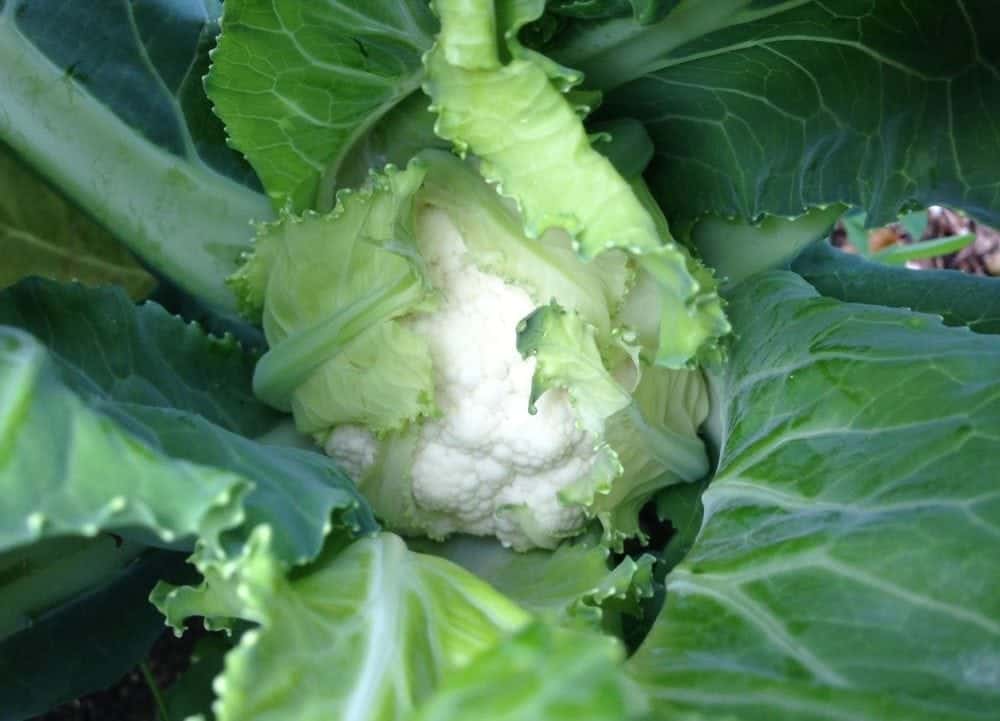
Growing Purple Cauliflower
They’re super fun to grow and harvest (as are all purple veggies!). The great thing about purple cauliflower is that the plants don’t need to be blanched to get a white head. My favorite purple cauliflower varieties are ‘Graffiti‘ and ‘Purple of Sicily‘
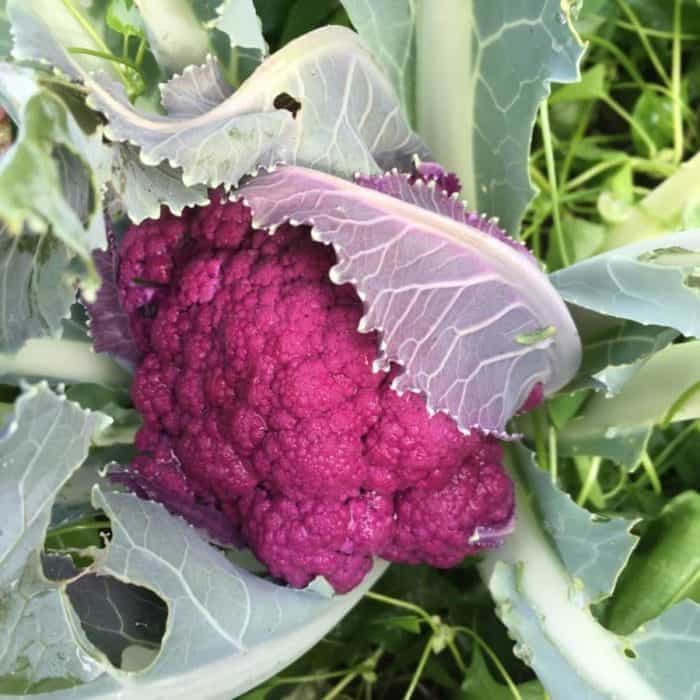
Growing Green and Yellow Cauliflower
Try ‘Cheddar’ for a great yellow cauliflower, or buy a multi colored pack of cauliflower to get a vibrant mix.

Have you grown cauliflower with success?

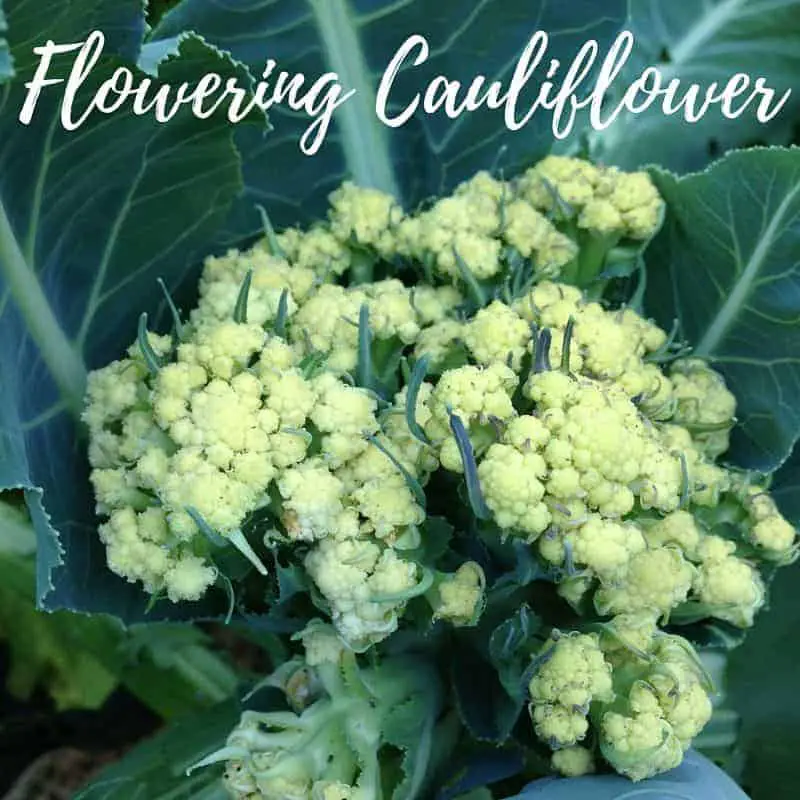

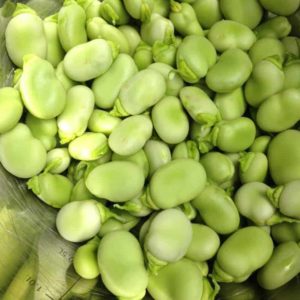

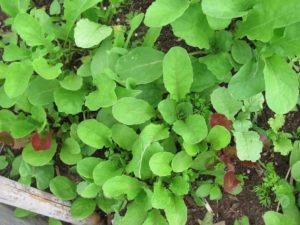
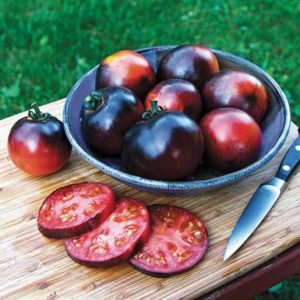

No! I have struggled so long, I am about to give up!! My broccoli and cauliflower grows well and large and heads up just fine; but they are so hot that they are inedible! What am I doing wrong!?!?! Too much fertilizer?
(By hot, I guess I mean bitter…!)
I still struggle with broccoli Elizabeth! A lot of cool season crops taste bitter when they are about to go to seed. You could try to reduce fertilizer but give them more compost. Also try keeping them in partial shade. Best of luck!
Try pinning the leave together over the heads when it is hot. It helps keep them a little cooler. Good luck!
I want to grow purple cauliflower for the first time. We live in south west TN. When should I plant the seeds for a fall crop.